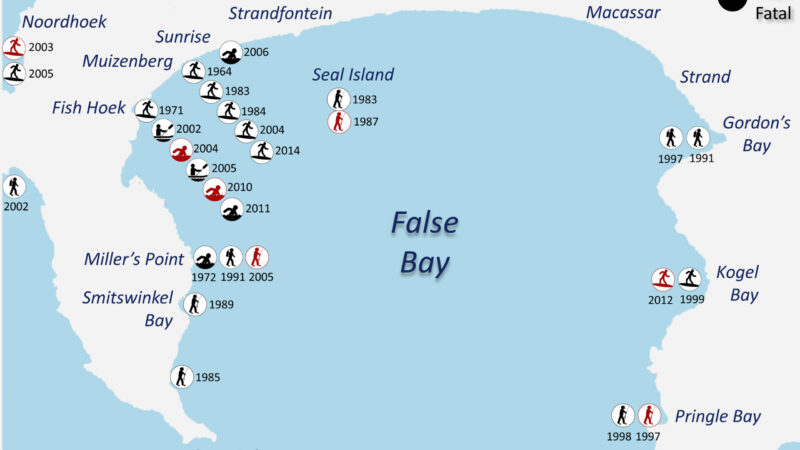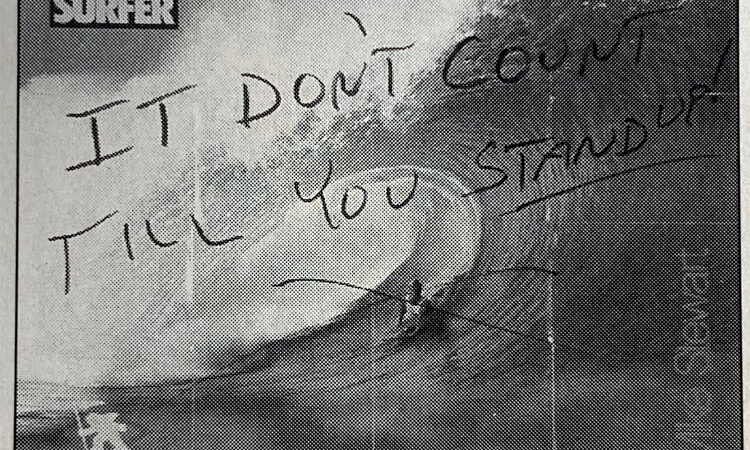When Jack Lindholm, the founding father of drop-knee, first introduced the revolutionary bodyboarding stance, he didn’t have the equipment options riders get today.
Lindholm changed the sport from the get-go by getting barreled at Pipeline and charging giant waves at Sandy Beach while adopting his new form of riding.
Drop-knee (DK) immediately became a thing, and the “Jack Stance” conquered the world.
Four decades after Jack “The Ripper” Lindholm’s pioneering stunts, the discipline is more accessible to average and recreational riders than ever.
Whether you’re trying it for the first time or aiming to improve your DK skills, you should always get a bodyboard that suits drop-knee wave riding.
A classic boogie template could work, but sooner or later you’ll struggle to optimize the wave’s riding potential and eventually lose interest.
Also, you’ll feel that rails will sink quite often, the nose will catch water, and your fins will slip out of the board.
Weight distribution plays a critical role in drop-knee.
In fact, it’s an entirely different paradigm when compared to the traditional prone riding style.

The Anatomy of the Drop-Knee Bodyboard
The ideal drop-knee bodyboard features a rounded nose template.
It also has a lower wide-point, closer to halfway down the bodyboard. This allows riders to have the majority of their weight on the back of the on the board.
But this slightly tweaked outline also makes it easier to turn – and that’s a fundamental necessity.
Drop-knee shaped bodyboards are also relatively low in volume allowing for quick changes in direction and fast maneuverability.
But if you’re getting into “Jack Stance” mode for the first time, get a board that is up to two inches bigger than your current prone riding template.
Your first DK board should be thicker and feature a crescent tail.
You’ll notice that it’ll provide more stability; thus, it will be more forgiving to mistakes and easier to paddle into a wave.
A bigger board will also let you have more time to adjust your foot and knee to the board in order to find the balance on top of it.
As soon as you progress and adapt to the riding style, you may switch to a thinner, low volume board.





Recent Comments